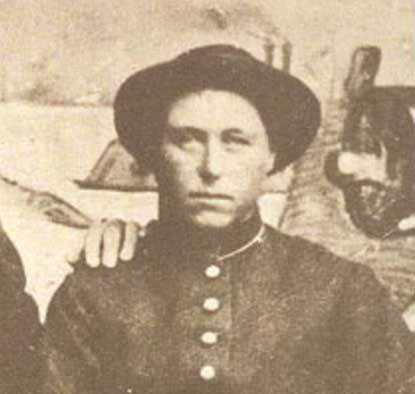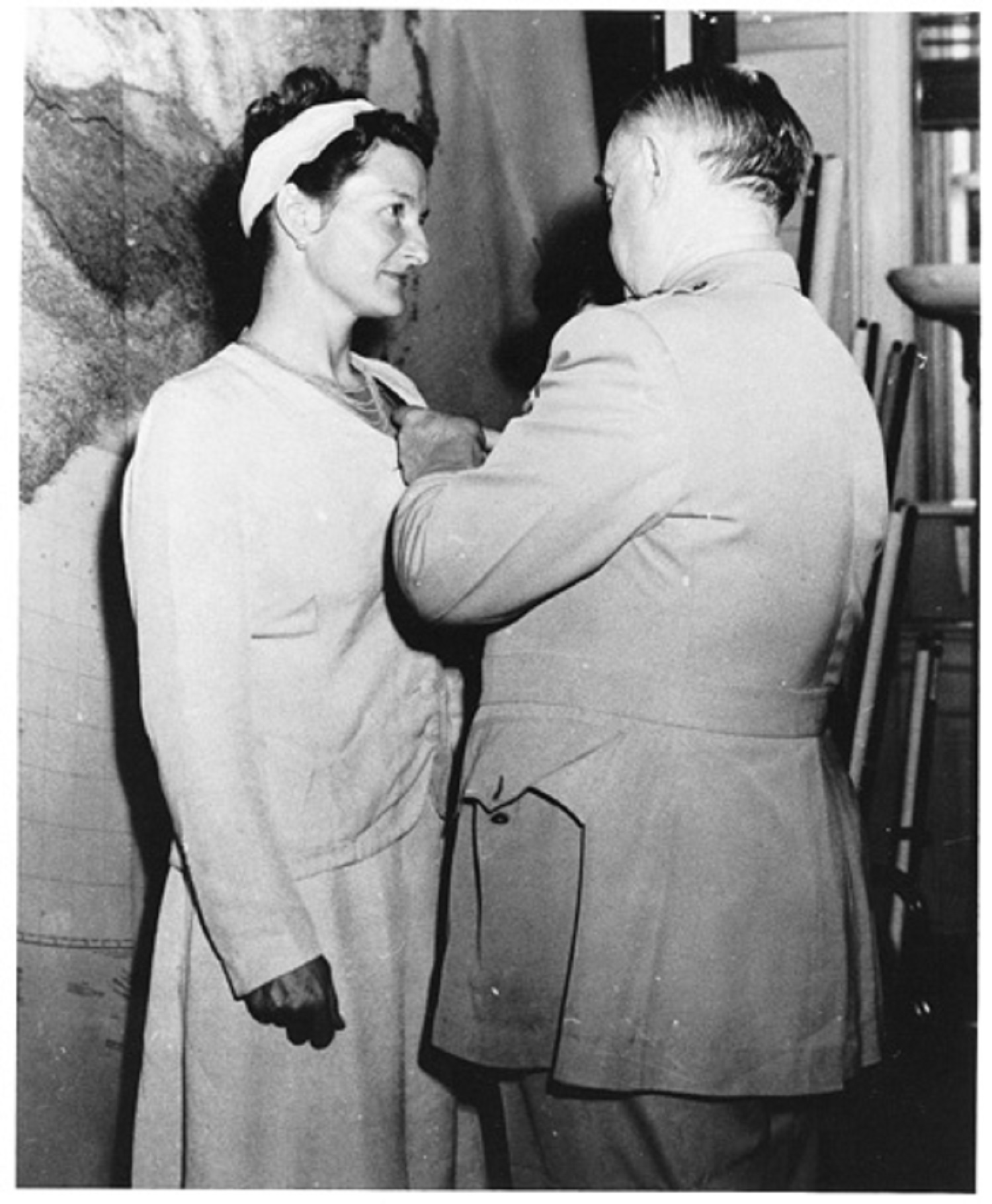 |
| Abigail Adams by Gilbert Stuart |
Abigail Adams was the wife of lawyer and politician John Adams. The couple met when Abigail was just a teenaged girl. John was ten years older than his future wife but the age difference meant little. Their 45-year marriage was apparently a very happy one, judging by the scores of letters the lovebirds sent each other. For the better part of their early married life, Abigail lived in Quincy and Boston without the company of her husband, but that did not stop them from starting a family.
Abigail Adams nee Smith married John Adams on October 25, 1764. Their first child, a daughter they named Abigail, came just shy of nine months later. Their second child and future President of the United States, John, was born in 1767. The following year, a daughter named Susanna was born to the couple. She passed away when she was two years old. Right around the time Susanna passed away, John and Abigail Adams had their second son, a boy they named Charles. A third son-Thomas- followed two years later.
Abigail Adams was well educated (by her mother). As such, she was suited for life as the wife of a lawyer, politician and eventual President of the United States. During the American Revolution, she wrote a letter to her husband that would become the first evidence of an early push for women's rights in the United States. In this letter, she wrote, ". . . in the new Code of Laws which I suppose it will be necessary for you to make I desire you would Remember the Ladies, and be more generous and favorable to them than your ancestors." During her time as First Lady, she stood up for the rights of a young African-American man to get his education in Massachusetts. She was not a pushy or aggressive woman, but her intentions were made clear and no one could question her morality.
Abigail Adams was the first First Lady to occupy the White House, if only for a few months. She was also the first First Lady to demonstrate an interest in politics and to hold something akin to political office. During the American Revolution, members of the Massachusetts Provincial Congress appointed her as one of the women sent to question female British loyalists.
Abigail Adams was as loyal, loving and dedicated as a woman can be. We know this about her through her correspondence with several individuals. She passed away on November 10, 1818 from complications of a stroke she suffered a few days prior.




